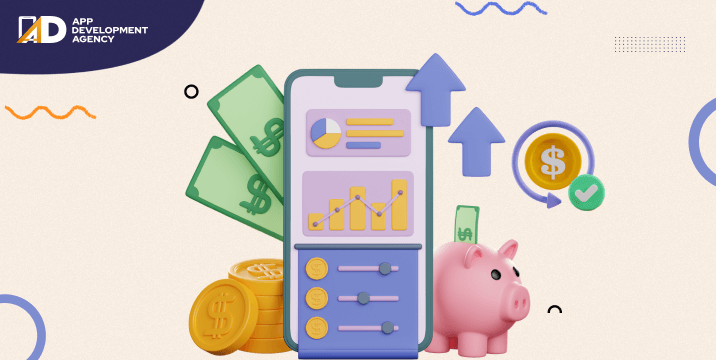First of all, React Native isn’t just a new tool for building cross-platform apps but also brings forward a new methodology- blending the ease of cross-platform development with the quality of native development to deliver applications that represent the best of both worlds. Here is a quick roundup of how it is different and its key benefits:
“Learn once, write anywhere”- that’s the core philosophy of React Native. And its usage of JavaScript- an already popular language makes the initial learning curve even simpler. It empowers developers to master a limited set of tools and build applications for virtually all mobile platforms.
Because a large portion of the codebase is written in JS, the development cycle is much shorter. Also, shorter development cycles mean lesser billing hours and hence lower cost of development.
Being an open source framework, it enjoys wide community support that not only helps its further development but is also instrumental for new developers. But even more importantly, within the short span of its existence, React Native has garnered quite a lot of corporate backing from the likes of Facebook, Walmart, Uber, and even Microsoft, that owns Xamarin- a competitor to React Native. The fact that these large corporations use the framework for building their products is kind of an assurance to its long-term support and by extension, bright future.
So does that mean it’s the end of the road for native app development? Not really. According to a survey by StackOverflow, iOS and Android are still among the top 5 sought-after skills in developers. That is, while React Native continues to grow, native development too is firmly holding its ground. There are many reasons top mobile app development companies still choose native for most of their projects. Some of them include:
React Native apps undoubtedly deliver better performance than other cross-platform frameworks like Ionic or Xamarin but not as good as native apps. The specialized bridge we mentioned earlier creates a kind of bottleneck- a problem native apps do not have. Also, native applications, owing to their device-specific customization, deliver much better user experience than React Native apps.
With each new update, both Android and iOS release new features and modules that become readily available for native development but take some time for React Native to adopt. Yes, technically native modules built in Swift or Java can be integrated into React Native apps but that shoots up the complexity and beats the whole purpose of using React in the first place.
It is an undisputed fact that React Native is an excellent framework that continues to evolve with new features and capabilities. In the short run, that makes it the top contender for building hybrid apps but not quite as good as replacing native development due to performance considerations. In the long term however, the framework might evolve to overcome those challenges but then native app development too is progressively evolving to include new features. So to answer our initial question- will React Native take over native mobile app development? Not in the short-term but as far as the long-term goes, we’ll just have to wait and watch.

For every average and middle-class individual, their owned cars are a major expense to them. The expense does not only mean purchasing an expensive vehicle, but it is also about the recurring expenses after making the car purchase; such as repair, maintenance, fuel cost, monthly car payment, car insurance, etc. What if we tell you …
Continue reading “Best Driving Apps to Make Money in 2024”
Read More
Story Time: It’s the last of the month… and you have a low balance in your bank account. You need money to pay off an EMI, but salary payday is still two days ahead. Sounds like skating on thin ice… Right? That’s where cash advance apps like Possible Finance come into the picture. ‘Cash Advance …
Continue reading “21 Top Apps like Possible Finance to Get Instant Money in 2024”
Read More
Is the ridesharing industry saturated now? No doubt there are already a lot of best ridesharing apps globally. However, as per Statista, the leading research site, the ridesharing market is expected to grow at 22.13% annually and reach $226 billion dollars by 2028. The numbers are crazy, and to further prove our point – Arro, …
Continue reading “14 Best RideShare Apps in 2024”
Read More